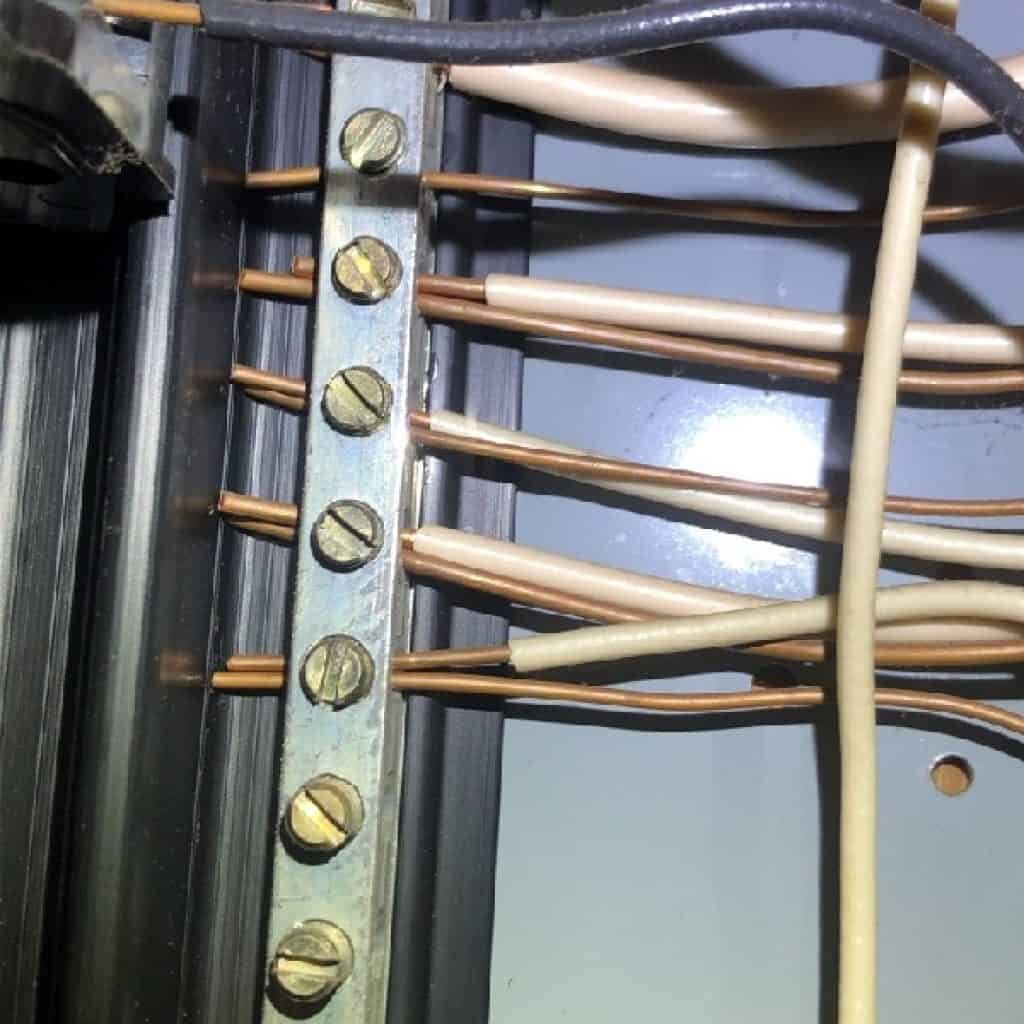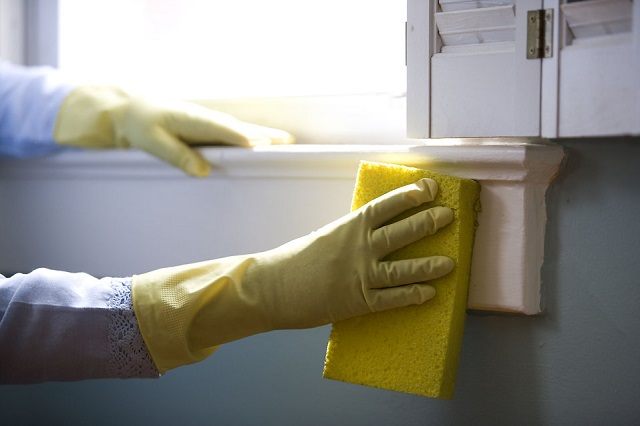How to Keep Your Laminate Wood Floors Looking Shiny and New
A lot of people wonder how to clean laminate wood floors because it can be somewhat different from cleaning hardwood floors. After all, the two materials aren’t the same thing. But while many people think of laminate as a product that is inferior to wood flooring, that isn’t necessarily true.
Laminate wood flooring is made from layers of composite wood pressed together and sealed with laminate. Laminate wood looks like solid wood, but it can be a better choice in many ways: It is more durable, less susceptible to scratches (which can be a major issue if you have pets), and more moisture resistant.
Choosing to install laminate wood flooring can also help homeowners save money. It gives you the look of a wood floor at a much lower price point. Laminate is also easy to install yourself. So in addition to the price of materials, you can also save on the cost of labor.
Keeping your laminate wood flooring looking new is easy if you know how to take care of it.
How to clean laminate wood floors
Cleaning your laminate flooring isn’t too difficult if you know the steps to take. Start by sweeping or vacuuming loose debris. Don’t introduce water to the floor until you remove dirt, crumbs, and other debris.
To remove dust and debris, you can use a Swiffer sweeper or a dry microfiber mop, like O-Cedar Dual-Action Microfiber Flip Mop. If you prefer a vacuum, don’t forget to put yours on the bare floor setting—or consider one that adjusts automatically to various types of flooring.
After removing excess debris, sprinkle a little bit of baking soda on the floor. Then mix one gallon of hot water, one cup of vinegar, and a few drops of dish soap in a bucket. (Manufacturers do not recommend using soap products on laminate wood flooring because it can make floors look dull and create excess buildup, but using just a little bit is fine.)
Now you’re ready to mop the laminate wood floors. Gregory recommends a microfiber or chamois mop instead of a sponge mop because “a sponge mop pushes dirty water into grout lines, making them harder to clean later.” Use a scrub brush to remove stuck-on dirt or in more highly trafficked areas of the home.

How to clean laminate wood floors naturally
To clean laminate wood floors naturally, especially when they are really dirty, try using baking soda. Baking soda mixed with water is a mildly abrasive, eco-friendly cleaner, which can be applied with a soft cloth or sponge. Mix a solution of one tablespoon baking soda per one cup of warm water and stir before using.
How often to clean laminate floors
The best way to keep any type of flooring clean is simply to stay on top of it. You should clean floors a minimum of every two weeks. If shoes are allowed indoors or if you have pets, you will need to clean more often. Keeping a floor mat at every entrance to your home can help control the excess dirt.

How to make dull laminate wood floors shine
To keep laminate wood floors looking shiny, it’s best to avoid excess soap-based products. Using too much soap creates buildup and a dulled appearance.
To avoid streaking, just use a commercial product made specifically for laminate wood flooring. If streaks continue to be an issue, it’s best to avoid any soap-based cleaners altogether.
How to remove scuffs and buildup from laminate flooring
To clean laminate wood floors without leaving a film or to remove buildup and scuff marks, the best approach is to go easy. Scuffs on floors and walls are often easier to remove when they’re fresh. “Rather than reaching for harsh chemicals first, try a tennis ball, which can actually remove scuff marks.
Next, escalate to plain water. Start with a damp, soft microfiber cloth and gently wipe the mark to keep the surface safe. Be careful to work only on the mark itself and resist the urge to scour the surrounding area. But whether or not the marks disappear with this first step, wipe with a soft, dry cloth.

Tips for Keeping Your Laminate Floors Beautiful
Laminate flooring has become incredibly popular because it’s beautiful, durable, and fairly inexpensive. Like all floors, however, laminate requires a bit of special cleaning to keep it looking new and shiny. Laminate floors are not hard to keep clean, as long as you know the right way to do it.
Keep your shoes off.
This isn’t so much of a cleaning hack, as just a common sense rule. Put mats on both sides of every door, so that your outside shoes never come in contact with your laminate floor. Even if the bottom of your shoes look pretty clean to you, they will still leave behind dirt and sand.
Instead of floor mats, you could also consider using athletic flooring to limit contact between your shoes and floor mats. Venture Products foam flooring features Microban technology for an added layer of cleanliness protection and can be purchased in tiles for flexibility in any space.
Clean up spills immediately.
Use a dry, soft cloth to quickly wipe up liquid spills, or a slightly damp rag for non-liquids. Dry the spot thoroughly when you’re done, because any moisture, even water, that sits on the floor for an extended period can damage it by wearing down the protective layer.
Clean regularly.
Laminate floors are just like anything else – the more you keep on top of the cleaning, the easier it will be to keep them looking nice. Do a general clean at least once a week, and then a heavier and more thorough clean once a month. For your light cleaning, use either a vacuum with a soft brush attachment or a dusting mop. Make sure you never use a standard broom, because a lot of these have stiff, straw – like bristles that can damage the flooring over time. Also be sure to clean in the direction of the floorboards; this allows you to pick up bits of debris that have fallen in between the grooves of the pieces.
Quickie sponge mops featuring Microban protection works great as a cleaning tool for light, regular cleaning of laminate floors, and as a bonus, features the added benefit of remaining cleaner and fresher for longer.
Use laminate floor cleaner.
You can buy this at home improvement stores, and most large grocery chains. Follow the directions on the bottle, and then clean using a damp mop or cloth. Again, make sure that no moisture is left to sit on the flooring at any time.
Use hot water.
Hot water is considered to be one of the best ways to clean laminate flooring, because it doesn’t leave streaks. Fill a bucket up, plunge in your mop then wring it out until it’s just damp. Then thoroughly mop your floor and dry immediately with a clean cloth.
Use vinegar.
A vinegar and water solution can be a great way to clean laminate floors. Mix together one cup vinegar and one gallon water, then mop and dry as you would using the laminate floor cleaner or hot water.
Remove stains.
Laminate flooring can be stained with all kinds of things, but a list of the most commonly reported ones are blood, gum, soda, wine, crayon and ink marks, scuffs, and polish. Blood can be gotten out with window cleaner, and gum with a plastic knife. The soda, wine, crayon and ink marks can all be removed with a damp cloth. The heel marks and scuffs can simply be erased off with melamine foam (aka a Mr. Clean Magic Eraser.) You can use a bit of nail polish remover for the polish, but always be careful not to use too much since this can actually remove the finishing on the floor along with the stain. Spot test first!





















